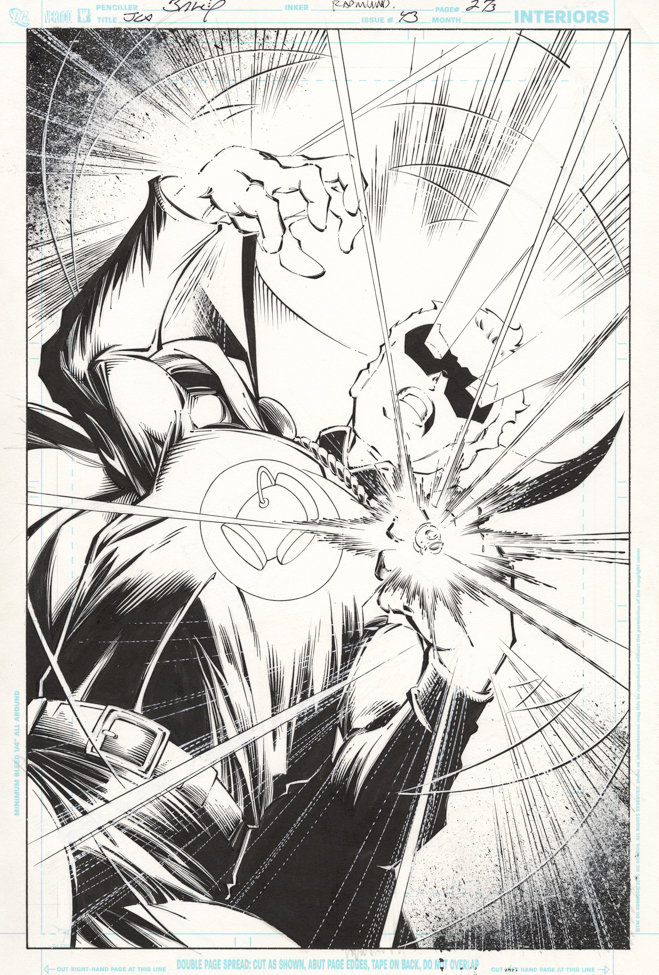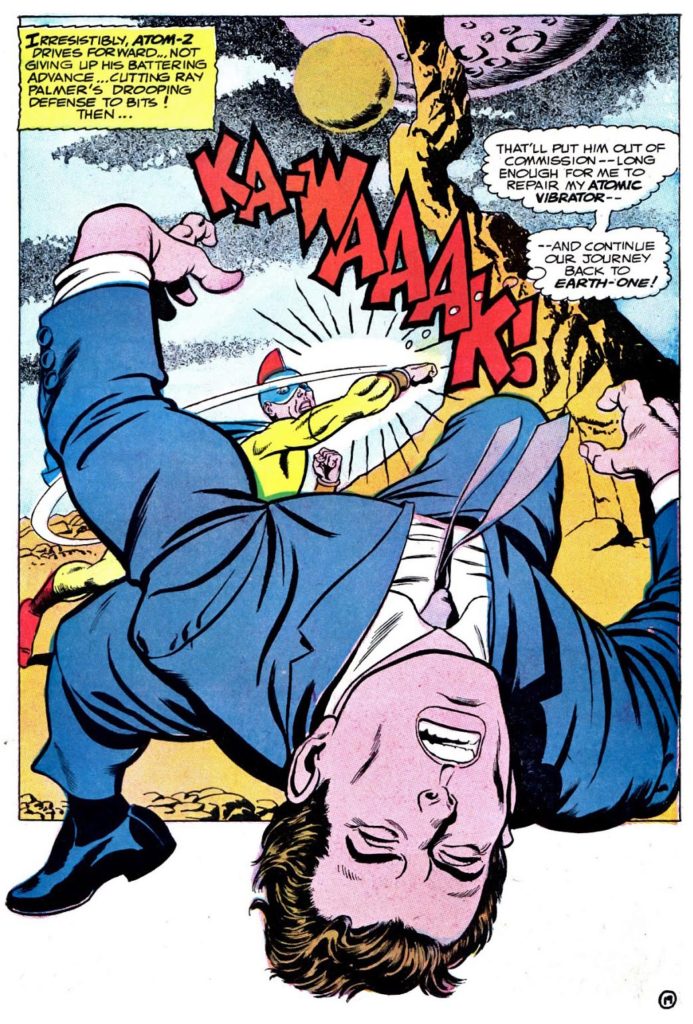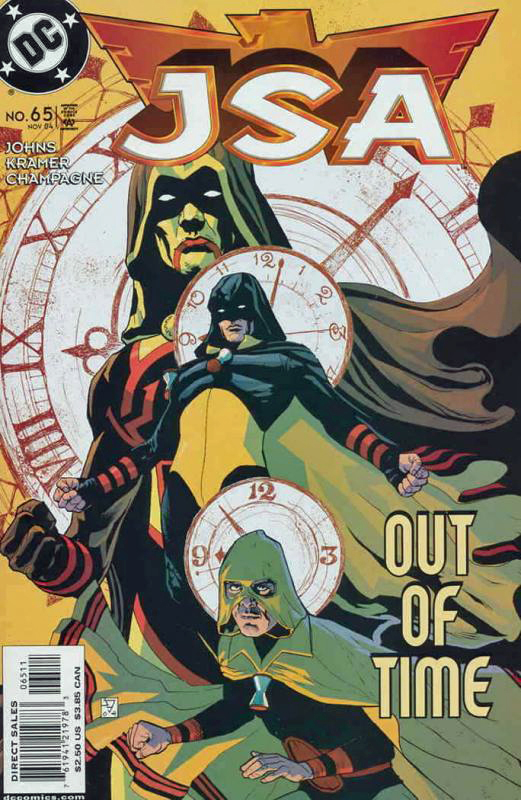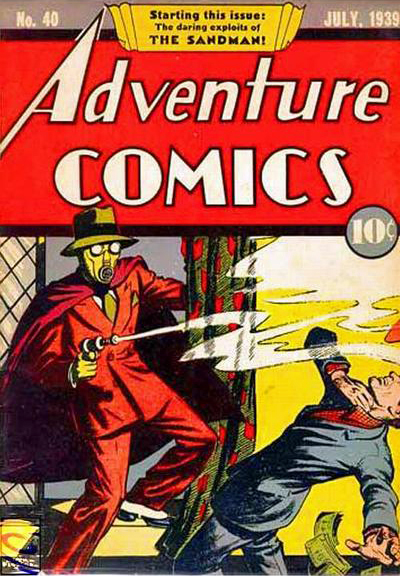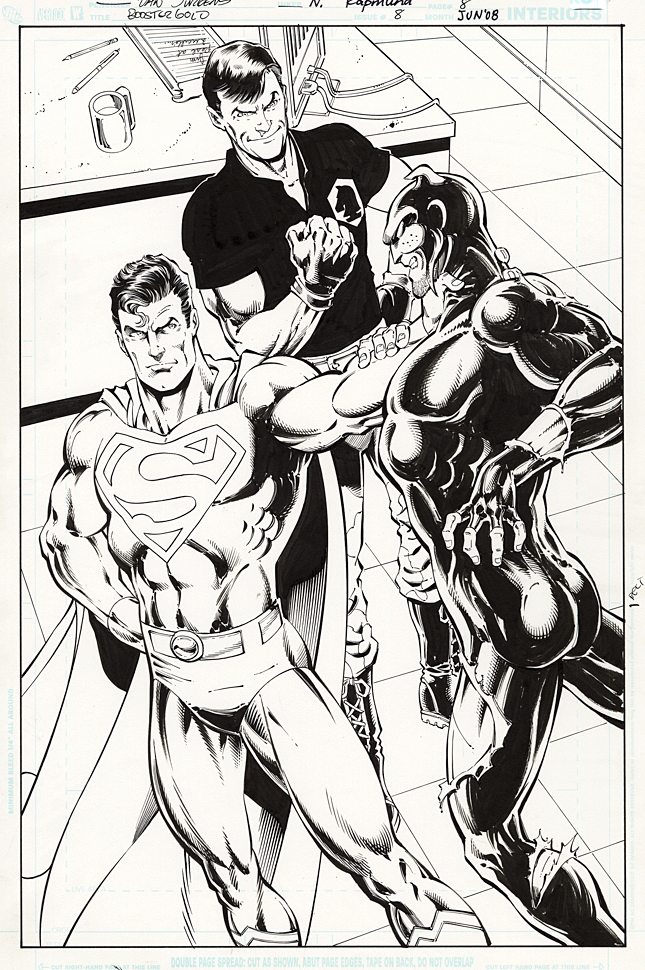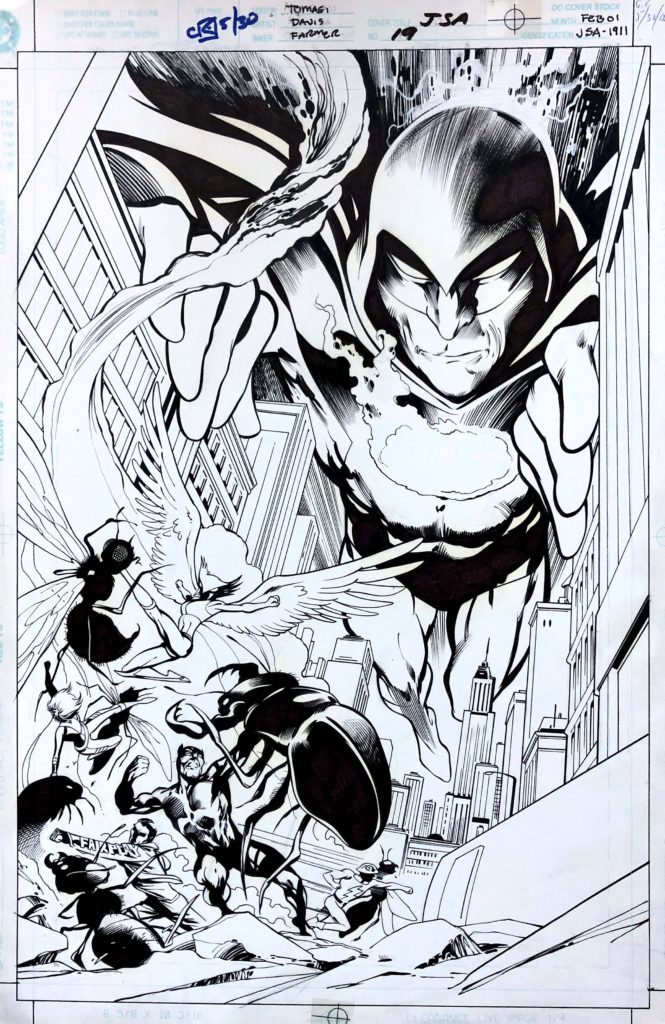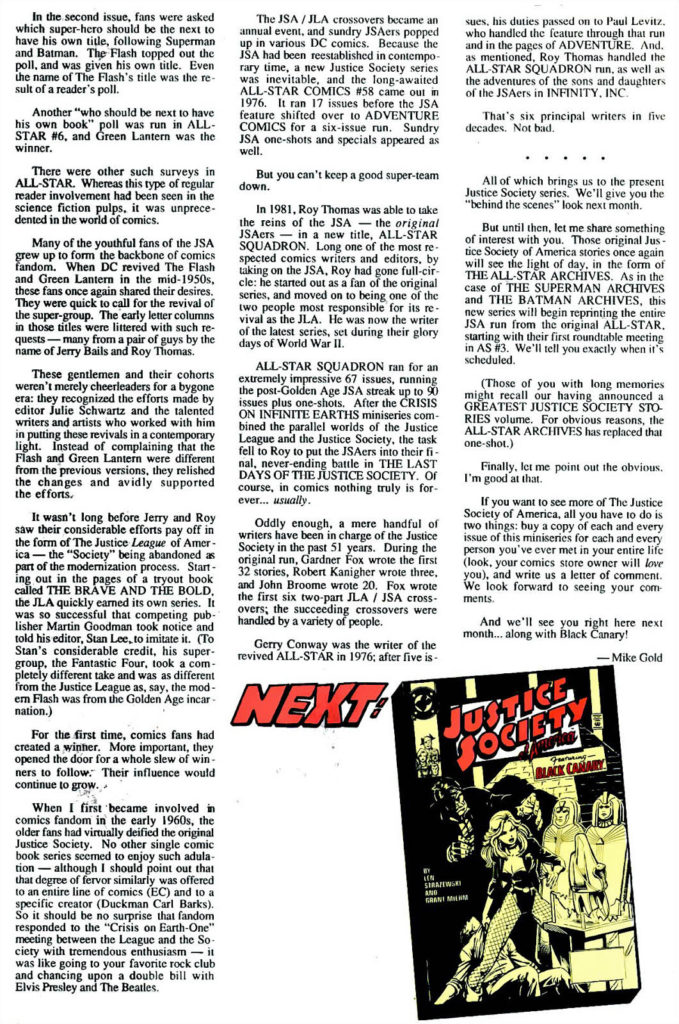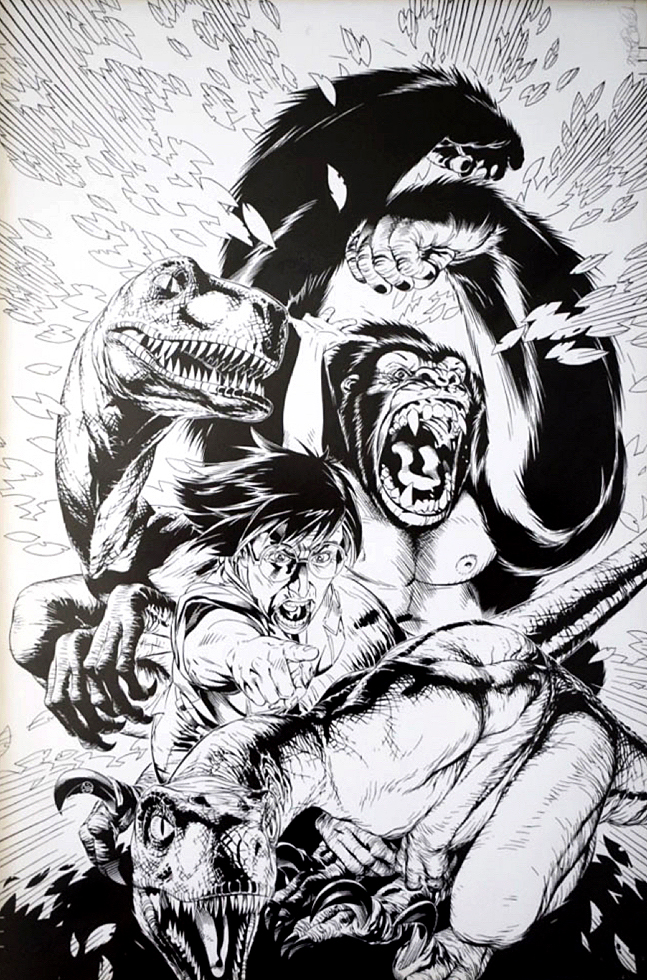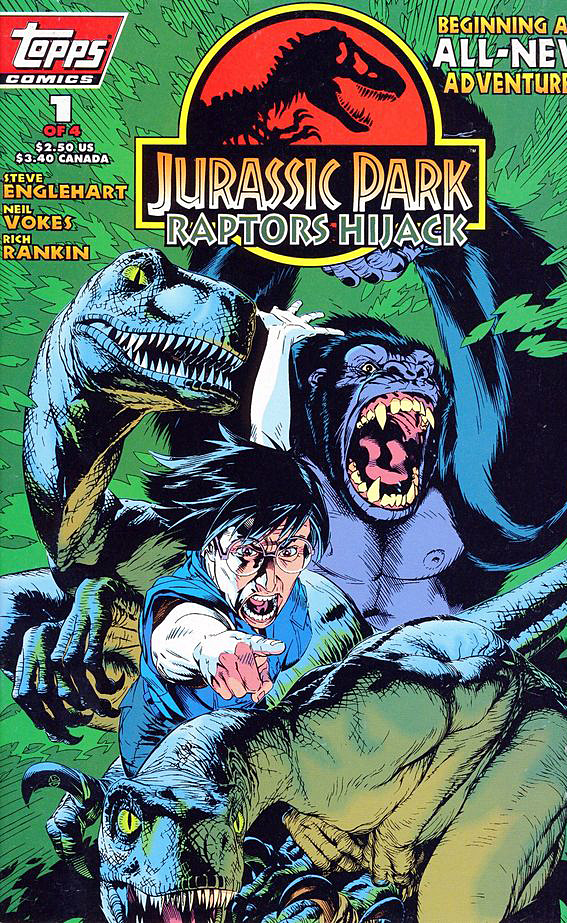Mark Bagley — Beware My Power
Justice League of America #43 (2006 Series), May 2010
Continuing our multi-week celebration of the 80thanniversary of the Justice Society of America. This specific post, featuring the Golden Age Green Lantern (Alan Scott) is an updated version of one of our earliest blogs from August, 2019.
The super-talented Mark Bagley has only spent three years (so far, at least) of his 30-year career at DC. But during that tenure, he worked on the weekly Trinity book as well as JLA/JSA, so he drew many of the DCU’s mainstay characters — some with multiple versions.
On this great splash page, we see Alan Scott, the Green Lantern of Earth 2 having a power surge issue. (With terrific inks by Norm Rapmund, and ultimately, when printed, great colors by Pete Pantazis.) I love the camera angle that Mark chooses here, enhancing the drama.
Earth 2, Earth 3, Earth Prime, Earth 616, whatever. Bring them on. I’ve been fascinated by the multiverse concept ever since I purchased my first JSA/JLA crossover annual event off the racks in the summer of 1967. Even when it gets confusing, I’m still a fan.
And while we are at it, bring back Fringe. Sliders, too.

